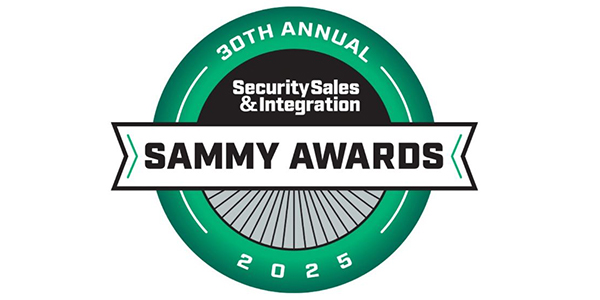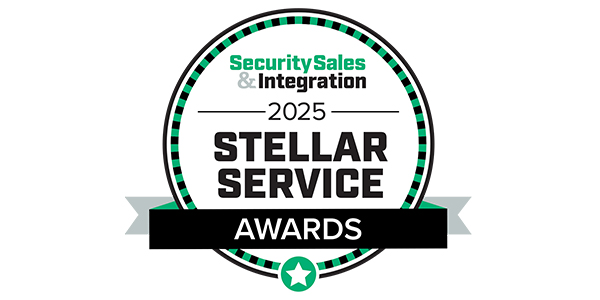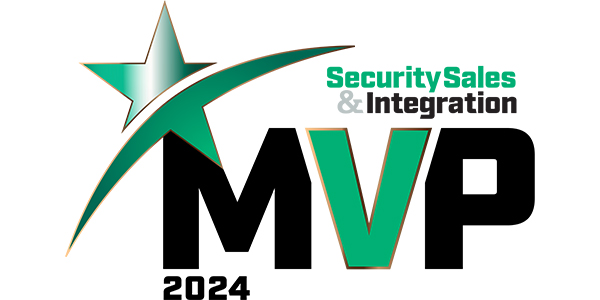Long gone are the days of isolated access control systems that required lots of cable, didn’t integrate well with other systems and most importantly, focused exclusively on security. The systems were time consuming, labor intensive, and required multiple levels of training to configure doors, access levels, groups, and credentials.
Big box “install it and leave” systems, databases that didn’t connect to employee databases, permits for installing maglocks, multiple credential types, loading software onto specific desktop machines (that required updates) and no real model for the integrator to maintain and build off the relationship with their customers.
Even the enterprise systems caused a lot of issues for the traveling customer that either had to have multiple credentials or had to be entered into each locations database. What wasn’t to love?
Access control systems have come a long way since those days. Let’s take a look at their evolution.
Cloud-Based Systems
Fast forward to a few years ago when Cloud-based access control really started to take hold. Feenics stormed onto the scene using easy software and Mercury boards. Remote servers that provided a way to do back-ups, disaster recovery, updates, network security, cybersecurity, without asking the customer or your service department to do anything. Wireless locks that communicated with your access control system of choice. Ease of use for customers to manager their system from web-based software?! Apps for my iPhone, iPad, or other mobile devices?!
This also brought on multiple avenues for the integrator to install a system that was much less labor and cable intensive, offloaded some of the database management to the client, or, made it much easier for integrators to offer managed services. You now had two additional avenues to pursue recurring revenue and create a partnership with your clients, hosted software and managed services.
The downside with some Cloud-based systems? Still not a lot of great integrations with other systems, or it could be difficult to get this done, although integrating to AD (Active Directory) made a big difference, eliminating that pesky second database.
Cloud-Based Systems … but Fun
There came a point shortly after the rise of Cloud-based access control that the ability to integrate video systems, visitor management, intrusion systems, elevator systems and more was needed. Integrated in a way that really brought the technologies together to enhance the customer experience. “I want this person’s access to run the elevator, and I can see on camera when that happened without having to access another software.”
Some vendors have technology partners that you can integrate with easily, API’s (application programming interface) are open, and you can request integrations. The ideas for integrations that are feature rich and reduce the effort on the part of the customer never seem out of reach anymore. How do I take the experience of our everyday lives; phones, single touch, easy access, wherever I am — that’s the current state for integrators and the vendors.
Touchless access control utilizing mobile credentials is a great addition to the access control spectrum. For instance, Openpath uses mobile credentials and a wave-to-unlock feature for a simple, but secure way to maintain security, while providing a peace of mind by eliminating touch points.
Its mobile access combines physical security and cybersecurity into one easy to use platform. Openpath even provides the means to quickly send a digital guest pass for a specific and timed use from anywhere you happen to be.
AI has made its way into the access control world as well, integrated to biometric readers. System agnostic devices that make enrollment easier, continually learn employees and automatically update the system, such as The Rock, by Alcatraz. These types of devices allow for multifactor authentication without having a big impact on the user. The facial authentication reader identifies the user and when they get into range with their mobile credential, the door unlocks. The user doesn’t have to do anything — carry an access card or fob, doesn’t have to stop and wait for access.
It’s not just about physical security, it’s about the customer experience and ease of use. What day-to-day inconveniences can you remove for your customers?
The Future
What’s next? With the advent of smart buildings, 5G connected devices, IoT devices and identity-related building automation, where does access control fit in? In many ways, access control has lagged behind the speed of which technology in general has moved. It has certainly closed the gap, but what is the next step?
James Segil, president and co-founder of Openpath, shared his thoughts on how access fits into that picture:
“What we can do with technology, and what the customer needs are two different things. The main thing we still hear from customers: the desire to have a single credential, cost of managing on-premises systems, managing multiple platforms and unifying systems. There is still a mix of legacy and Cloud-based systems.”
This is interesting. Yes, we could make all our devices 5G, implement AI and do all these amazing things. Is that what the customer needs though? As Segil stated, because there is a mix of systems, access control may not just take giant leaps we see with other technology as quickly.
Much like video systems have moved to using ONVIF, we also discussed making sure devices have interoperability, “Openpath believes in an open communication standard like OSDP.” The Openpath video reader “can be connected to any access control system. Most cameras are installed above, making it harder to show an access event with usable video. I look at this access event, I can see Keith accessed this door, wasn’t tailgated, didn’t have anything with him he shouldn’t have, and left at this time.”
Open Supervised Device Protocol (OSDP) released in December of 2020, is more secure and makes a reader a “smart” device by allowing communication to the controller and receive communication from the controller. The intent is to help improve the interoperability between access and security products, which used to be an expensive problem in the access control industry.
What innovations are you most existed about? What do you think the future of access control is?
Kevin Henderson is Chief Operating Officer at Lone Star Communications.






